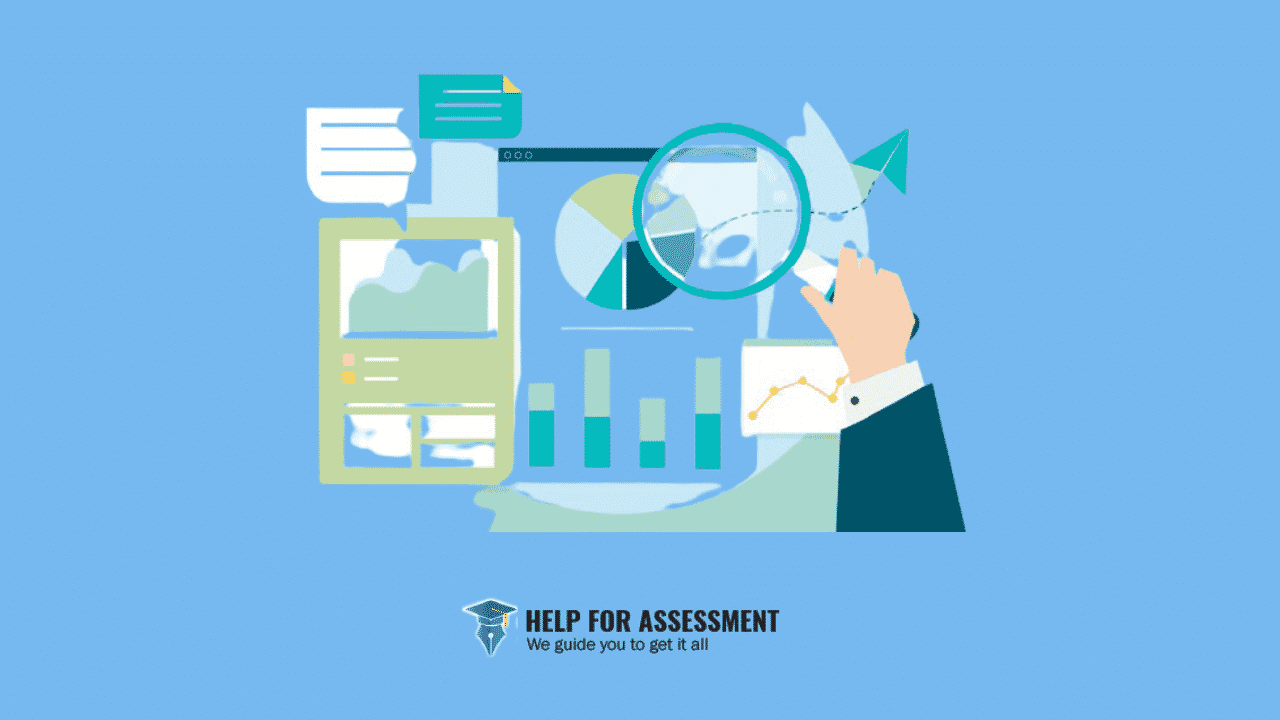It’s time to start working on that massive research paper, and you know exactly how to go about it … or do you? If you don’t know how to get started on your research paper or even develop a research paper outline, this guide is for you.
Our research paper writers at Help for Assessment have put together this article to help you get going on a research paper project by specifically covering how to write the research paper outline.
That’s because once you have a detailed outline set out, it serves as a roadmap that guides your research successfully.
Help for Assessment consists of accomplished academics whose main focus is to help clients pass through school successfully. In addition to guides like this, we also write all kinds of custom academic papers for students in need at very affordable prices.
If you are looking for an expert to do an original, thoroughly-researched paper for you, you’re in luck.
If you prefer to do it yourself, then let's get started. This article will cover:
- How to create a research essay outline
- Give you a sample research paper template
- How to outline a research paper in either APA or MLA.
First Things First: Understand What You Want To Write
A research paper is a detailed piece of academic writing upon a chosen subject and giving your opinions or arguments based on the topic.
In other words, you are supposed to pick a relevant research paper topic, do some extensive research upon it, create a research question based on what you want to prove or disprove, then set about answering that question while supporting it with existing evidence.
This differentiates a research paper from many other similar types of writing such as:
A college-level research paper is usually about 10 pages or 3000 words long, double spaced and properly formatted.
Thus, it is one of the larger academic projects you will take in college, and its purpose is to apply the skills learned to gather more knowledge and display your understanding of it accordingly.
This stage is especially good at preparing students for their thesis and the rigors of either professional lives or graduate school.
Even though a research paper is done more less independently, you are expected to adhere to one of the accepted research paper outlines.
Types of Research Paper Outlines
There are three main types of research paper outlines depending on how the cascading structure is arranged and designated. These are
1. Alphanumeric Outlines
These are the most common kind of outline and the one commonly used in both APA and MLA research paper outlines. It involves the use of either Roman numerals, alphabetical letters, or Arabic numerals.
If there are subdivisions to each section, you can use numbers for the main sections, letters for divisions, and Roman numerals for subsequent divisions.
You can also use parentheses to enclose the numerals or letters. We will have an example of such an outline below.
2. Full Sentence Outlines
The full-sentence outline uses full descriptive sentences to describe the contents of each section rather than brief statements.
However, the organization remains the same as the Alphanumeric type with divisions and subdivisions.
3. Decimal Outlines
The decimal format is a very useful format in showing how the divisions and subdivisions are related.
Sections and their subdivisions are related by having the same number, e.g. Section 1 will have subdivisions 1.1 and 1.11 respectively.
Sample Research Paper Outline
The following is a sample college research paper outline in the Alphanumeric format favored by both MLA and APA citation styles.
Title Page(The paper’s title, your name, class, school, date, etc. go here) Table of ContentsThis is a table detailing the contents of your paper to help with quick navigation to the main sections and subsections. Include page numbers as well and section titles. AbstractThe abstract is a brief, 150-200 word condensation of your research paper’s main points including the rationale, methodology, main findings, and possibly your conclusion as well. IntroductionThe introduction is meant to accomplish two things: Hook the reader into reading the whole paper and introduce them to your subject matter in as few words as possible. In a 3000-word paper, the introduction should be about 300 words or 10%-15% of the entire word count. It should also give some contextual information as a foundation for the paper.
Body
Methodology is about describing how you obtained your data, how it was recorded, and which techniques were used.It will have a few parts as well and can be organized in paragraphs or lists in point format. You should organize it as well into the following:
This is the part where you take the reader through the process of converting the raw data collected into a usable format. You will also analyze it and get your findings at this stage.
Inferences/Discussion of ResultsDiscuss the results you found and how they relate to your thesis. Do they support it or not? What is the significance of your findings? You will also discuss the credibility of the data collected and methods used with an honest review of its expected accuracy. If you can calculate a margin of error, give this margin. Go even deeper than the results and predict how you expect the data to apply to other situations, make inferences, and predict future behavior in similar or different conditions. Conclusion and suggestionsThe conclusion is a review of the final paper designed to give the reader a final big-picture view of your research paper. It can have a few sections as well:
References/BibliographyList your sources in the accepted format, either APA or MLA. |
This is just a general example of an outline for a research paper. In the actual process, you will want to customize it to your actual project. For example, instead of saying “hook”, you can describe your approach like so:
Introduction
Hook: a sample demographic in some areas in Europe seems to be immune to HIV/AIDs. These same areas were plague hotspots during the Black Death. Did they acquire some kind of immunity?
In the same way, in your analysis, you can give your results outline like this:
- Descendants of survivors of the bubonic plague have lower HIV prevalence rates.
- Genetic mutations discovered in the survivors give unique protection from the HIV virus
- The human body has adapted to fight virulent diseases such as the bubonic plague and HIV
The outline should have at least two bullet points in each subsection. If only one point is possible, consider merging it into the section above.
It is also good practice to include the actual thesis statement with the outline, and some instructors actually enforce this.
They might also require you to include a list of your sources before you begin working on the paper, so make sure to check with them first.
How to Write an Effective Research Paper Outline
Coming up with a detailed research paper outline takes a bit of planning and foresight. However, it’s quite simple especially once you have done your initial research.
- Pick your intended topic. If your instructor hasn’t provided one, take time to choose a unique, interesting subject and narrow it down sufficiently to help narrow your focus.
- Write down a list of the ideas or approaches you might want to explore.
- Add a few details to each idea to flesh it out and to help you remember what it was about. Each sub section should have two or more points to add support for it.
- Create an order of hierarchy based on the sample research paper outline above. This usually results in several iterations of writing including a first, second, third, or fourth organization of the structure.
- Get an opinion on your outline. Usually, instructors require that you pass the research paper outline through them for approval. Do that or ask a trusted colleague for an opinion.
You might wonder; why go to all this trouble to create a research essay outline?
The answer is that a good outline is the foundation to an excellent research paper. It helps to guide the way you write the whole paper and is an integral part of the research process.
Need Help With Your Research Paper?
If a basic research paper outline involves that much effort, you can imagine how involving the actual paper will be.
Research papers are not the most popular assignments among students of any level, and few actually pull them off satisfactorily.
But don’t worry, isn’t that why we’re here?
Help for Assessment writing experts are ready to do your college, graduate, or post-graduate level research paper for you from scratch.
We will do the outline, research, write-up, and referencing for you, all at very attractive student-friendly rates. All you have to do is get to our services page and make your order.


